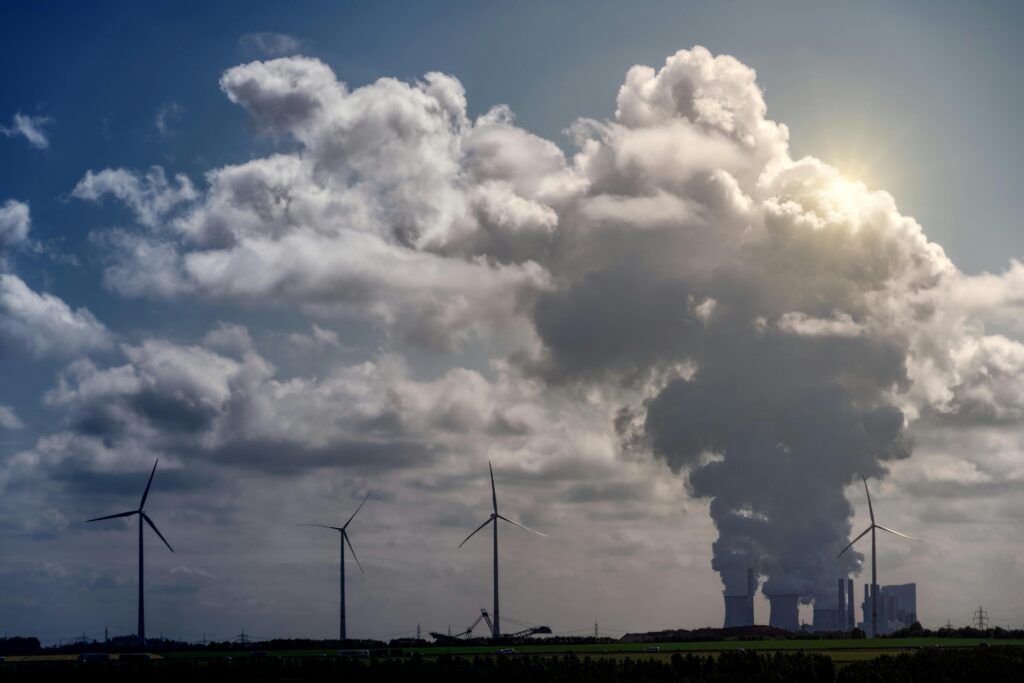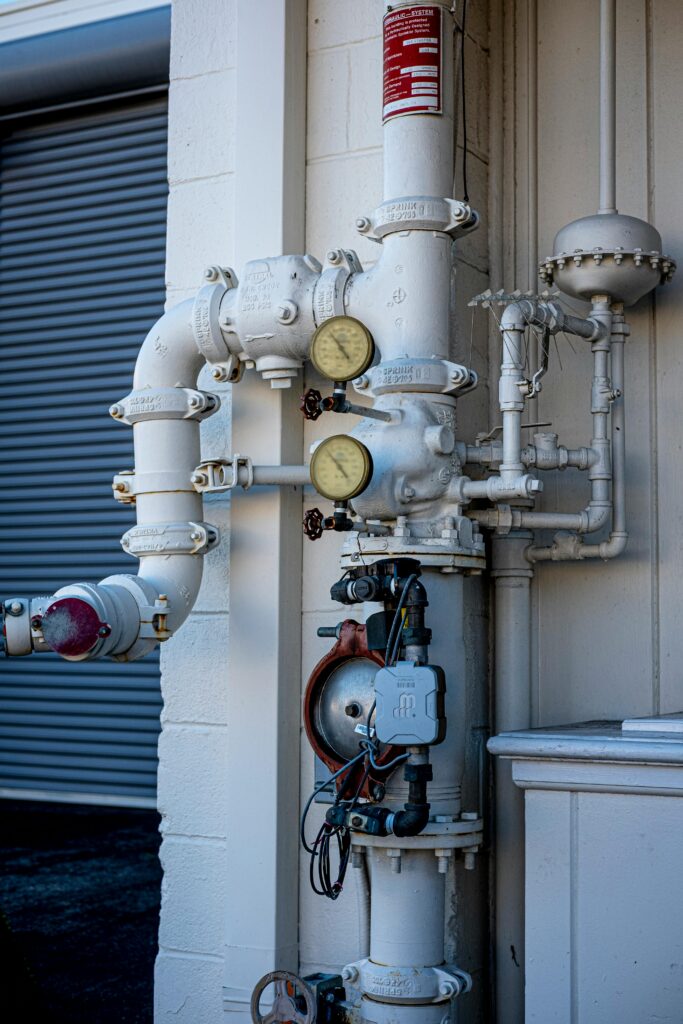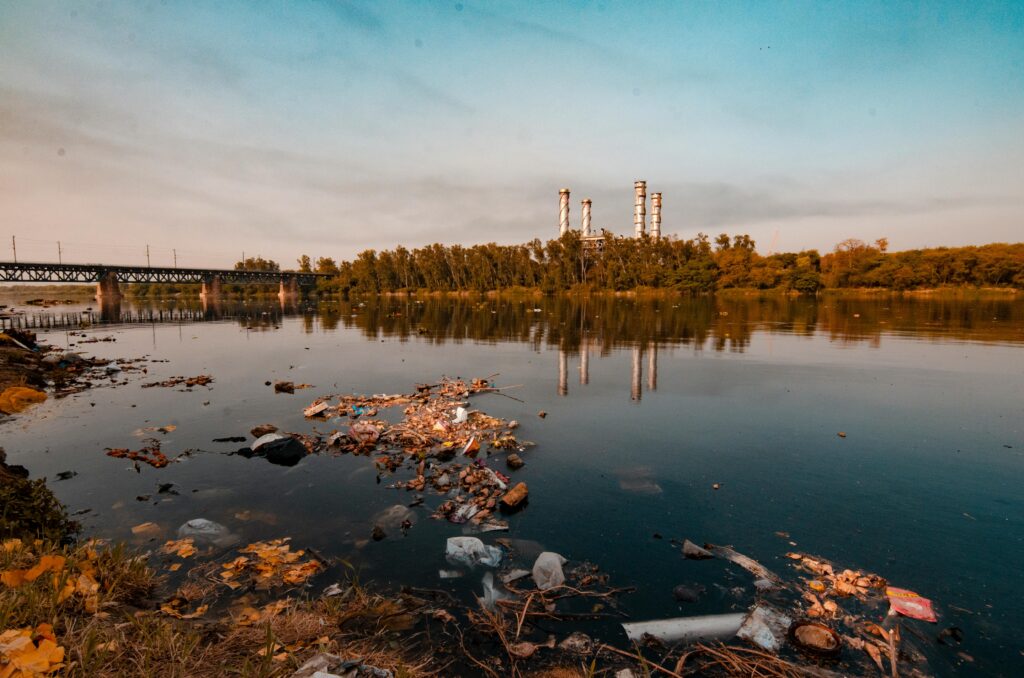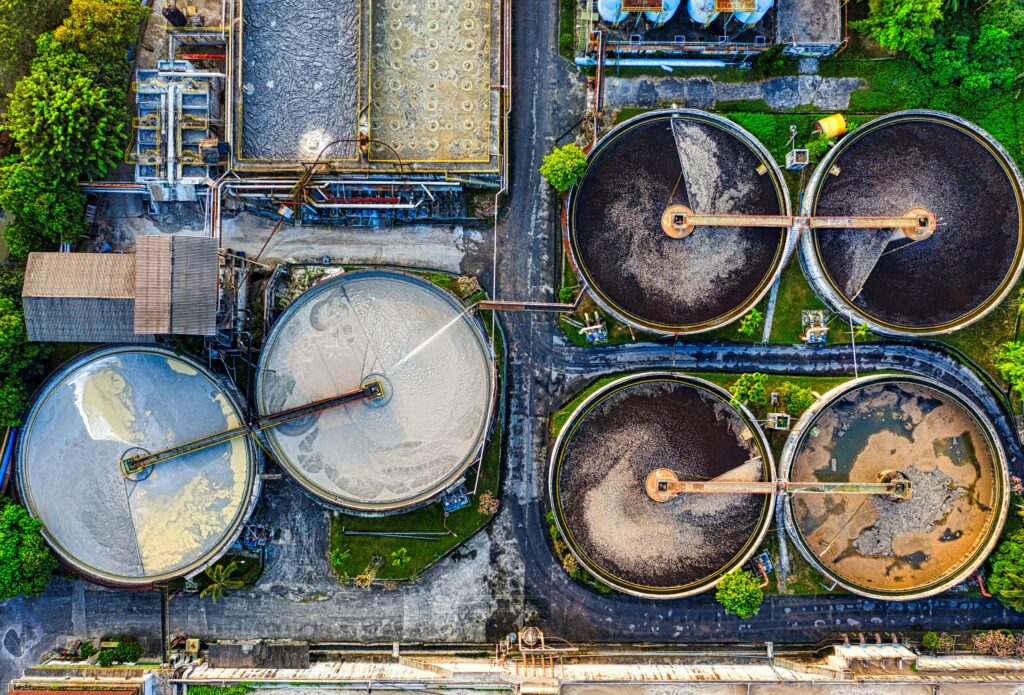Balancing Industry Growth with Stronger Environmental Regulation
India’s industries face rising pressure to go green, but is compliance practical or performative?
What are the most critical bottlenecks industries face in meeting environmental compliance requirements, and how can regulations evolve to address these?
Rising environmental concerns have led to stricter pollution norms, but industries face significant hurdles in achieving compliance. Many older plants lack the infrastructure to meet today’s requirements. Public sector units often cite limited resources to upgrade systems, while Micro, Small and Medium Enterprises (MSMEs) struggle with the high cost of clean technology, making superficial or partial compliance common. In the past, industries relied on data manipulation to appear compliant, but with real-time monitoring, stronger regulators, and vigilant communities, such practices are increasingly untenable.
A critical issue is the reliance on lower-grade fuels and raw materials, chosen for cost and availability, which results in higher emissions and frequent compliance failures. At the same time, industries are burdened with multiple, overlapping reporting systems such as laboratory testing, real-time monitoring, Business Responsibility and Sustainability Report (BRSR), Carbon Credit Trading Scheme (CCTS), and green steel disclosures. These fragmented requirements consume resources without adding real value.

The regulatory system itself is complex, with overlapping mandates between central and state agencies, cumbersome clearances, and inconsistent enforcement. Weak institutional capacity-limited manpower, technical expertise, and outdated monitoring systems further undermines compliance credibility. Adding to this, one-size-fits-all norms fail to account for the diversity of India’s industrial base, from small outdated units to advanced plants.
To address these bottlenecks, India needs to move beyond conventional systems. Stricter norms must be supported by realistic timelines, sector-specific strategies, and modern, technology-driven compliance mechanisms. Market-based approaches, such as emission trading, can improve efficiency and accountability. Incentives like concessional green finance, tax benefits, and subsidies should support genuine compliance, particularly for MSMEs. Strengthening regulatory institutions with skilled manpower, advanced infrastructure, and streamlined frameworks will be key to building credibility. By making compliance practical, consistent, and verifiable, India can balance industrial growth with its environmental sustainability goals.
How can continuous emissions monitoring (CEMS) and digital tools improve transparency and enforcement in pollution control?
Traditional pollution monitoring in India has long relied on laboratories hired by industries to generate compliance reports. These reports are widely distrusted, often presenting perfect compliance at unrealistically low costs, contradicting on-ground inspections, and dismissing public complaints. The inherent conflict of interest, where companies hire and pay the labs that assess them, makes such systems vulnerable to manipulation.
In real-time monitoring or Continuous Emission Monitoring Systems (CEMS/OCEMS), analysers or sensors are installed directly on chimneys to monitor and transmit live data to regulators’ servers, eliminating human interference and enabling constant oversight. Beyond minimising manipulation, they allow regulators with limited staff and resources to monitor industries remotely, issue timely alerts, and help industries optimise processes for efficiency and cost savings. Crucially, real-time monitoring establishes the foundation for market-based compliance mechanisms such as emission trading. By quantifying emissions accurately, industries performing better can earn credits, while laggards face financial incentives to improve. This approach has been central to emission trading systems in the USA and Europe for over four decades, proving its effectiveness.
The inherent conflict of interest, where companies hire and pay the labs that assess them, makes such systems vulnerable to manipulation.
In 2014, India adopted real-time monitoring, but its potential remains underutilised. To maximise benefits, environmental laws must formally recognise real-time data as the legal basis for compliance. Robust quality assurance frameworks, clear protocols and standards, and institutional capacity-building are also essential to ensure reliability.
Real-time monitoring is far more than a compliance tool if implemented correctly and properly. It represents the backbone of credible reporting, smarter and more efficient regulation, and a transition to next-generation environmental governance. By embracing this shift fully, India can move from a culture of manipulated data and superficial compliance to a future of transparency, accountability, and measurable environmental improvement. India has to do a lot to ensure proper implementation of CEMS, in order to achieve credible reporting that supports a good compliance enforcement.
What kind of policy or financial support do MSMEs need to invest in clean technologies and meet decarbonisation targets?
Micro, Small and Medium Enterprises (MSMEs) are the backbone of India’s manufacturing sector and a vital source of employment. While individually small, their cumulative energy and steam demand is enormous, making them a significant contributor to industrial emissions. Rising energy costs, stricter air pollution norms, and India’s climate commitments demand urgent transformation in MSME boiler systems.
iFOREST’s study on boilers estimates that MSMEs operate about 45,000 boilers registered under the Indian Boiler Regulations (IBR). Most of these are small, inefficient, over 18 years old on average, and dependent on fossil fuels or biomass, collectively accounting for nearly 7% of India’s CO₂ emissions. This excludes lakhs of non-IBR boilers, which remain outside any consolidated database and are largely unchecked for safety, efficiency, and environmental compliance, further compounding the challenge.

A decisive shift is needed towards efficient, low-emission, and alternative technologies such as electric boilers and industrial heat pumps, high-efficiency biomass systems, solar thermal solutions, and Steam-as-a-Service (SaaS) models. The SaaS approach, where community boilers replace numerous small units, can simplify compliance, enable better monitoring, and improve operational efficiency.
There are existing government initiatives such as Assistance in Deploying Energy Efficient Technologies in Industries & Establishments (ADEETIE), Energy Efficiency Financing Platform (EEFP), Credit Linked Capital Subsidy Scheme (CLCSS), Performance-Linked Grant (PLG), and Technology & Quality Upgradation Support Scheme (TEQUP). These remain fragmented, lack clear strategy, and operate without robust accountability. To enable MSMEs to play a stronger role in India’s decarbonisation roadmap, a focused, integrated approach is essential. This requires creating a comprehensive boiler database (IBR and non-IBR) with stronger regulatory oversight, introducing regulatory tools and targeted incentives with a time-bound roadmap, and designing tailored financial instruments to support cleaner steam technologies. In parallel, cluster-based steam infrastructure should be promoted with dedicated policy and financial backing to scale up SaaS models. Strengthening awareness and capacity-building will also be critical to ensure effective technology adoption and compliance.
Micro, Small and Medium Enterprises (MSMEs) are the backbone of India’s manufacturing sector and a vital source of employment.
MSMEs can thus transform from laggards into frontrunners in India’s industrial decarbonisation journey.
To what extent are India’s existing emission and effluent standards aligned with global best practices, and where is reform most urgently needed?
Indian environmental standards continue to lag behind global best practices, largely due to technological, institutional, and regulatory gaps. Industries often operate with less advanced technologies and lower-quality raw materials, while pollution control, monitoring, and reporting systems remain weak. Compounding this, many Indian pollution norms have not been revised for over a decade, leaving them outdated and misaligned with global benchmarks.
Similar to the European Best Available Techniques Reference Documents (BREFs), India should develop its own sector-specific BREFs tailored to domestic industrial conditions and raw material realities. These documents can provide the technical basis for progressive and enforceable standards, similar to established practices in the USA, EU, and Japan.

In water pollution control, global approaches take into account the quality of intake water when setting final discharge norms—an element still missing in India’s regulatory framework. Similarly, for air quality, the gap with global norms remains stark. India’s National Ambient Air Quality Standards (NAAQS) for PM2.5 are set at 40 µg/m³ annually, while WHO guidelines prescribe just 5 µg/m³. While India cannot immediately align with such stringent levels due to its socio-economic constraints, coal dependence, vehicular emissions, and high baseline pollution, a phased tightening of standards is both necessary and feasible. This transition must be supported by industrial modernisation, cleaner energy adoption, and stronger compliance systems.
Key reforms are essential: developing and updating India-specific BREFs; shifting from concentration-based to load-based standards to reflect actual pollution burdens; instituting periodic tightening of norms with broader parameter coverage; and institutionalizing real-time monitoring and transparent reporting with robust quality assurance. Together, these measures would modernise India’s environmental governance, gradually align standards with global best practices, and ensure cleaner growth without compromising economic competitiveness.
What are the risks of ESG becoming a box-ticking exercise for Indian industries, and how can meaningful performance be incentivised?
Industries in India disclose ESG performance through both voluntary and mandatory mechanisms such as Business Responsibility and Sustainability Reporting (BRSR), ESG ratings, climate-risk disclosures, CSR compliance, and ESG-linked financing. Ideally, ESG should serve as a tool for self-assessment, helping companies realign priorities, set measurable goals, and create a roadmap for sustainable growth. While a few companies have adopted global best practices, most treat ESG primarily as a compliance exercise to satisfy regulators or investors, rather than embedding it into core business operations.
A worrying trend is the use of ESG reporting for greenwashing.
A worrying trend is the use of ESG reporting for greenwashing, where commitments are overstated or selectively highlighted while real gaps remain hidden. The absence of uniform standards allows firms to choose lenient frameworks, undermining credibility. For MSMEs, ESG is often seen as a financial and administrative burden rather than a strategic opportunity, leading to minimal or superficial compliance. Weak verification mechanisms and the absence of robust third-party audits further reduce the reliability of disclosures. Similarly, ESG ratings suffer from inconsistency, as agencies operate without standardised methodologies.
Since 2021, SEBI has mandated BRSR for the top 1,000 listed companies, introducing a uniform framework that requires extensive data disclosure. However, analysis by iFOREST shows that significant gaps persist—reporting remains inconsistent, information is often incomplete, data verification is limited, and analysis lacks depth.
To ensure ESG translates into meaningful action, India must move toward standardised, sector-specific disclosure norms aligned with global benchmarks, while keeping compliance practical and phased. Financial incentives—such as preferential access to green finance, lower borrowing costs, or tax benefits for verified ESG progress—can encourage genuine performance. Mandatory third-party assurance will be critical to curb misreporting. For MSMEs, targeted capacity building and phased adoption roadmaps are essential. Ultimately, ESG must be integrated into business strategy—driving clean energy use, efficient operations, responsible supply chains, and workforce welfare—rather than remaining a box-ticking exercise.
How can ESG metrics be localised to better reflect India-specific environmental challenges like water stress, poor air quality, and land degradation?
For ESG to realise its full potential in India, it must be embedded within the country’s broader environmental and sustainable development agenda while aligning with the UN Sustainable Development Goals (SDGs). The framework must be contextualiszed to address India’s pressing challenges—water stress, air pollution, land degradation, and carbon emissions—and enable industries to create sector-specific sustainability roadmaps with clear priorities and measurable goals.
Water is perhaps one of the most urgent concerns for India, with 1.4 billion people, it holds only 4% of the world’s freshwater, creating acute stress on its resources. For industries, water-use efficiency, wastewater treatment, recycling, and groundwater recharge must become core ESG indicators. Without this, both industrial growth and community water security remain at risk.

Air quality, though often underrepresented in ESG reporting, is equally critical. Many Indian cities rank among the world’s most polluted. ESG metrics should therefore extend beyond greenhouse gases to include ambient air quality parameters such as PM2.5, NOx, and SO₂. They must also capture the adoption of cleaner fuels, advanced pollution-control technologies, continuous monitoring, and compliance with national and WHO standards.
Land, as a finite and fragile resource, requires sustainable use and protection from degradation, deforestation, and biodiversity loss. Sectors such as mining, construction, and infrastructure must integrate ESG metrics that mandate land reclamation, biodiversity safeguards, and ecosystem restoration, including no-net-loss commitments.
For credibility and impact, ESG reporting in India must move towards sector-specific, measurable, and verifiable standards aligned with global benchmarks. Independent third-party assurance will be essential to curb greenwashing, while stronger links with green finance—such as bonds, sustainability-linked loans, and tax incentives—can accelerate adoption.
Land, as a finite and fragile resource, requires sustainable use and protection from degradation, deforestation, and biodiversity loss.
Ultimately, ESG in India must go beyond disclosures. It should serve as a catalyst for cleaner production, responsible resource use, and equitable growth—ensuring that environmental stewardship becomes central to industrial competitiveness.
